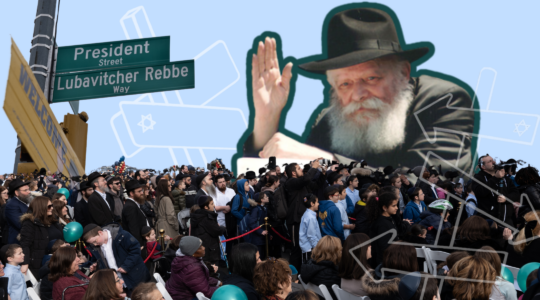It’s not entirely clear why well-meaning bureaucrats declared 2018 to be the European Year of Cultural Heritage.
The continent’s rich tangible history is hardly a secret; witness long, snaking lines outside the Louvre and throngs crowding summer streets from Athens to Oslo. Effectively, every year is the European Year of Cultural Heritage.
And the European Union’s culture czars already designate not one, but two cities each year as European Capitals of Culture (this year, they are Leeuwarden, Holland and Valletta, Malta). Roughly half of UNESCO’s World Heritage Sites are in Europe, as well.
Nevertheless, the continent-wide spotlight on cultural heritage does offer myriad opportunities for overseas travelers. Europe’s long, carefree summer days are always filled with outdoor festivals; while many 2018 happenings are annual events, and others appear to be noble imaginings without substance (or working website links!), discerning culture lovers can find extras to enjoy.
Thirty-six countries are participating in the Year of Cultural Heritage, including both EU members (Spain, Slovakia) and non-member partners like Iceland, Norway and Montenegro.
A symbolic torch, modeled on the Olympic flame and inscribed with messages from European artists and intellectuals, was lit in January in Leeuwarden and will travel the continent all year, aiming to illuminate awareness of shared culture and encourage European unity. (You can follow the torch’s progress online via a live interactive map.)
The Future for Religious Heritage sponsors the torch, and has invited Europeans of all walks of life — from politicians to refugees — to contribute at events along its journey.
The flame shone most recently en route from Lund, Sweden — where a conference addressed how religious buildings can serve as community resources — to eastern France, where it will light up landmark temples. This fall, the torch will travel to Krakow for the conference “Urban Jewish Heritage: Presence and Absence,” the Year’s major Jewish initiative.
Throughout the festival, Jewish dimensions may be obvious, subtle or nonexistent — but a careful traveler could easily work 2018 events into a Jewish itinerary. Culture is, after all, a maddeningly broad concept; the E.U. includes everything from gardening workshops and children’s scavenger hunts to chateau tours and architecture conferences.
France alone has dozens of happenings. Last week, I wrote about the special events in eastern France related to the 100th anniversary of the armistice that ended World War I; a Marne battlefield visitor, for instance, could easily add on a tour of medicinal native plants conserved since Roman times at Marne’s Saint-Remi Abbey garden. Or take the kids to nearby Crécy-la-Chapelle, where the Moulin Jaune, a quirky, clown-themed French landmark, will open its taxi-yellow castle and garden theater to the public in 2018.
Summer travelers should also take note of several Europe-wide events, celebrated in multiple countries. During the first weekend in June, lavish formal gardens across Europe participate in “Rendez-Vous Aux Jardins.” France’s online map for the event is a handy guide to the country’s enchanting, idyllic and often little-known gardens and chateaus.
May 24 is Europe’s Day of Parks, with concerts and culinary fairs in green spaces from Lisbon to Lithuania. June 10 is Art Nouveau Day, celebrating the flowery fin-de-siècle aesthetic; museums like the Austrian Museum of Applied Arts in Vienna host programs in tribute to Gaudì et al.
As dusk falls on Sept. 21, bells will ring across Europe for the International Day of Peace. Today we associate bell-ringing with grand old churches, but the sound has actually existed for at least five millennia — delineating both events and ritual separations between work, rest and prayer for classical and pagan cultures.
The forging of a modern European identity will be a theme for this year’s editions of several annual festivals. One happens nightly at dusk on Vienna’s Rathausplatz, the Town Hall Square, where films are screened and live jazz draws revelers to an open-air party.
Hungary is planning a banner edition of its largest arts festival, “Valley of Arts,” which takes place during the last week of July. Across a series of picturesque villages near the northern shore of Lake Balaton, the festival fills dozens of sites with klezmer bands, string quartets, circus acts and other sounds of Mittel Europe.
As befits Europe’s largest and most influential nation, Germany has a particularly strong slate of activities — including the 25th anniversary of the popular Romanesque Road, the exhibition “Folk Art for Unification” in Hattingen, and a Germany-organized show about Ice Age Europe that will travel the continent all year.
The New York Jewish Week brings you the stories behind the headlines, keeping you connected to Jewish life in New York. Help sustain the reporting you trust by donating today.




